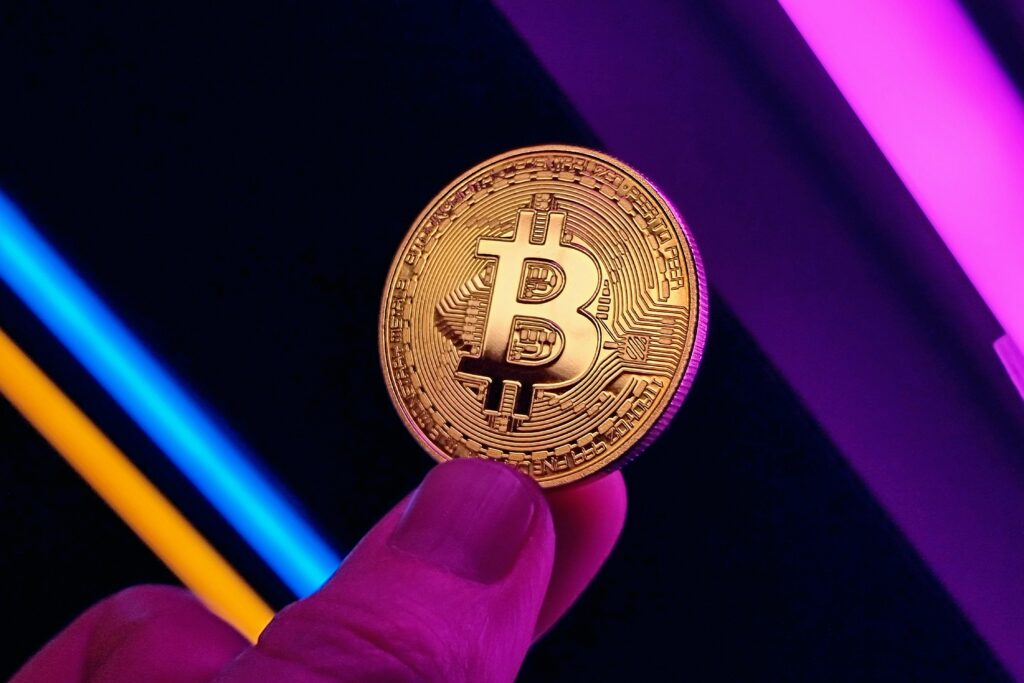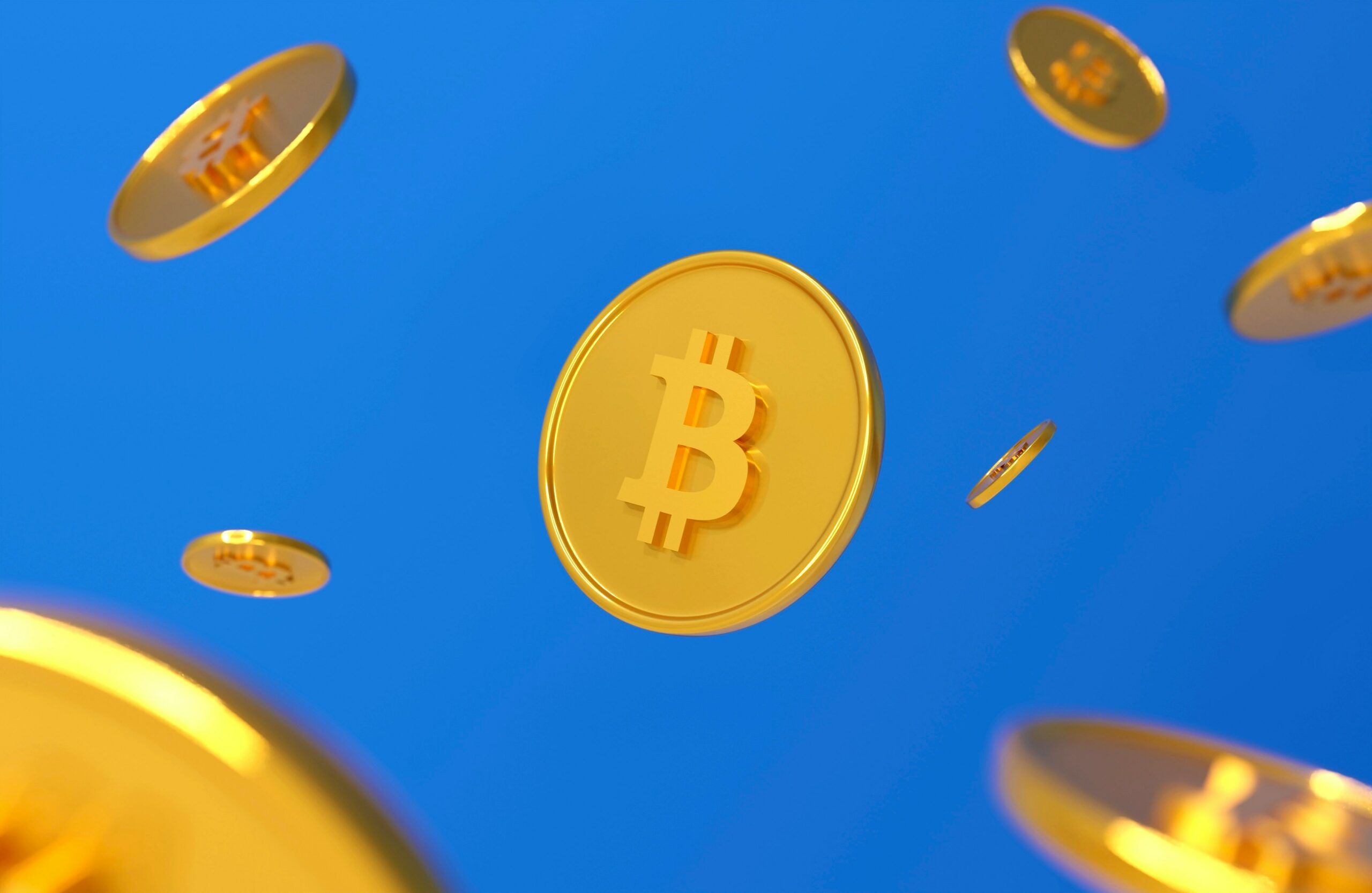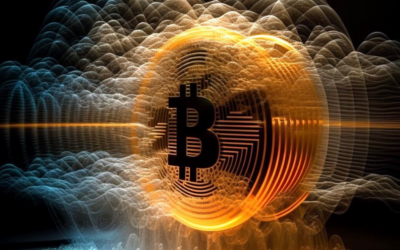The Bitcoin rabbit hole is a fascinating and complex world that has captivated millions of people around the globe. It is a world of decentralized finance, blockchain technology, and a new form of currency that has the potential to change the way we think about money and transactions. In this article, we will explore 21 lessons I’ve learned from falling down the Bitcoin rabbit hole.
Índice
21 Lessons from Falling Down the Bitcoin Rabbit Hole
Lesson 1: What is Bitcoin?
The first thing I learned from falling down the Bitcoin rabbit hole is that Bitcoin is a decentralized digital currency that was created in 2009 by an unknown person or group of people using the name Satoshi Nakamoto. It is a peer-to-peer electronic cash system that allows for online transactions to be made without the need for a central authority.
Lesson 2: The Blockchain is the Backbone of Bitcoin
The blockchain is the underlying technology that makes Bitcoin possible. It is a decentralized, digital ledger that records all Bitcoin transactions. Each block in the blockchain contains a record of many transactions, and every participant in the network has access to a copy of the entire blockchain.
Lesson 3: Bitcoin is not Anonymous
While Bitcoin transactions are not linked to a person’s identity, they are recorded on the blockchain and can be traced back to a specific address. This means that while Bitcoin can provide a level of anonymity, it is not completely anonymous.
Lesson 4: Bitcoin is Limited
One of the key features of Bitcoin is its limited supply. There will only ever be 21 million Bitcoins in existence, and as of 2021, over 18.7 million have already been mined. This scarcity is one of the factors that contributes to Bitcoin’s value.
Lesson 5: Bitcoin is Secure
Bitcoin uses cryptography to secure its transactions and control the creation of new coins. This makes it a very secure form of currency, and it is virtually impossible to counterfeit or double-spend Bitcoin.
Lesson 6: Bitcoin is Volatile
The value of Bitcoin can fluctuate wildly, and it is not uncommon for it to lose or gain significant value in a short period of time. This volatility can make it a risky investment, but it also presents opportunities for those who are willing to take the risk.

Lesson 7: Bitcoin is not a Get-Rich-Quick Scheme
While Bitcoin has the potential to make people rich, it is not a get-rich-quick scheme. It requires a significant investment of time, money, and resources to understand and invest in Bitcoin.
Lesson 8: Bitcoin Mining is Resource-Intensive
Bitcoin mining is the process of verifying transactions and adding them to the blockchain. It is a resource-intensive process that requires powerful computers and a lot of electricity.
Lesson 9: Bitcoin is Decentralized
Bitcoin is decentralized, meaning that it is not controlled by any government, institution, or individual. This gives users a level of freedom and control that is not possible with traditional currencies.
Lesson 10: Bitcoin is not a Fad
Despite what some critics may say, Bitcoin is not a fad. It has been around for over a decade, and it has gained widespread acceptance and recognition as a legitimate form of currency.
Lesson 11: Bitcoin is Global
Bitcoin is a global currency that can be used by anyone with an internet connection. This makes it a powerful tool for those who are underserved by traditional financial systems.
Lesson 12: Bitcoin is Transparent
Every Bitcoin transaction is recorded on the blockchain, making it a transparent form of currency. This transparency can help to prevent fraud and corruption.
Lesson 13: Bitcoin is not a Ponzi Scheme
Bitcoin is not a Ponzi scheme, as it does not rely on new investors to pay returns to earlier investors. Instead, it relies on the mining process to verify transactions and add them to the blockchain.
Lesson 14: Bitcoin is not a Scam
While there are certainly scams associated with Bitcoin, the currency itself is not a scam. It is a legitimate form of currency that has been around for over a decade.
Lesson 15: Bitcoin is not a Hack
While there have been instances of Bitcoin being hacked, the currency itself is not a hack. It is a decentralized digital currency that is secured by cryptography.
Lesson 16: Bitcoin is not a Pyramid Scheme
Bitcoin is not a pyramid scheme, as it does not rely on recruiting new members to make money. Instead, it relies on the mining process to verify transactions and add them to the blockchain.
Lesson 17: Bitcoin is not a Bubble
While the value of Bitcoin can fluctuate, it is not a bubble. It is a legitimate form of currency that has a real-world use case.Lesson 18: Bitcoin is not a FadDespite what some critics may say, Bitcoin is not a fad. It has been around for over a decade, and it has gained widespread acceptance and recognition as a legitimate form of currency.

Lesson 19: Bitcoin is not a Passing Trend
Bitcoin is not a passing trend. It is a revolutionary technology that has the potential to change the way we think about money and transactions.
Lesson 20: Bitcoin is not a Threat to Traditional Currencies
While Bitcoin has the potential to disrupt traditional financial systems, it is not a threat to traditional currencies. Instead, it is a complementary form of currency that can be used alongside traditional currencies.
Lesson 21: Bitcoin is the Future
While the future of Bitcoin is uncertain, it has the potential to be a major player in the future of finance and technology. It is a revolutionary technology that has the potential to change the way we think about money and transactions.
Conclusión
Falling down the Bitcoin rabbit hole has been a fascinating and educational experience. It has taught me about the power of decentralized technology, the importance of transparency, and the potential for a new form of currency to change the world. Whether you are a skeptic or a believer, there is no denying the impact that Bitcoin has had on the world, and the potential it has for the future.









